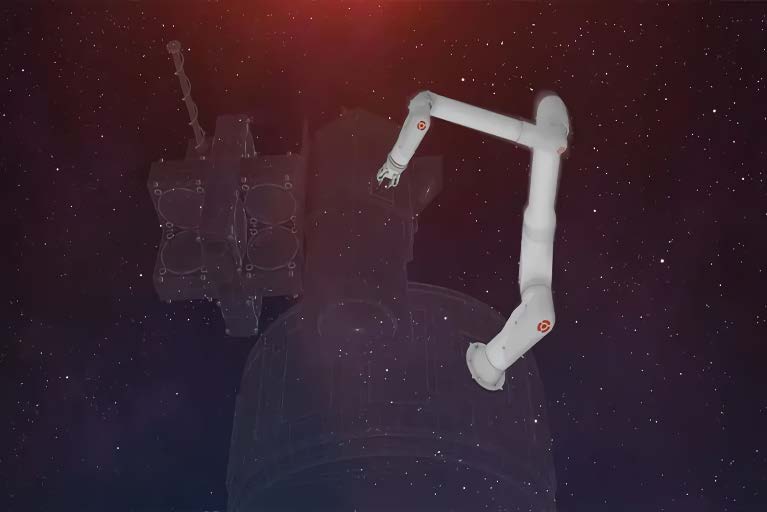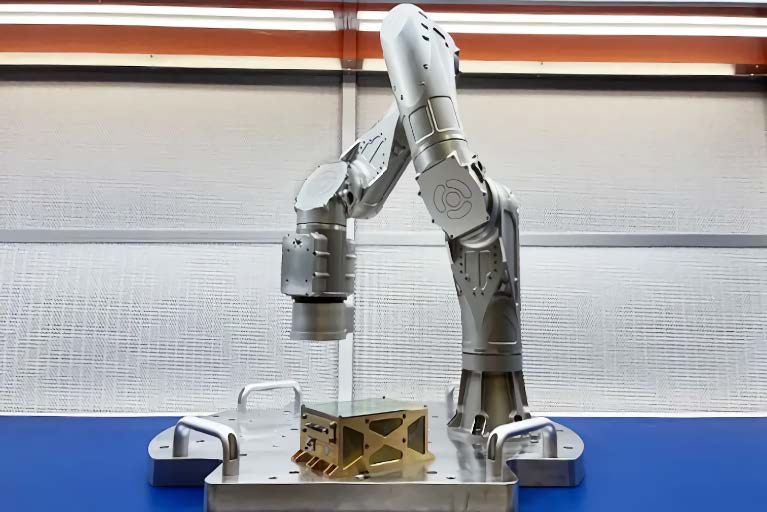News

Building the Future of On-Orbit Servicing, Assembly and Manufacturing with CrossLink
To assist with reducing the number of satellites that are unoperational, space agencies around the world are looking into options to perform on-orbit servicing, which will include repairs, refueling, and redeployment. The multiple servicing missions for the Hubble Space Telescope (HST) provide demonstrable examples of on-orbit servicing. However, those service missions took place under the control of astronauts, and were limited, somewhat, by the ability of the Space Shuttle to reach the HST.
In an effort to not only provide robotic on-orbit servicing for existing space platforms, but also to explore options for assembling and manufacturing future platforms, NASA has developed a series of on-orbit servicing, assembly, and manufacturing (OSAM) missions. Currently, there are two OSAM missions scheduled, OSAM-2 scheduled for 2023 and OSAM-1 scheduled for 2024, both of which Motiv Space Systems is proud to be participating in. As a key component of the OSAM-2 mission, Motiv’s xLink robotic arm has been developed to provide the same level of dextrous robotic capability as previous robotic arms, but at a lower cost.

Simulation of xLink offloading cargo.
With the development of the xLink arm, Motiv has also been awarded a contract by NASA to develop the CrossLink project. Utilizing xLink, CrossLink will provide advanced robotic capabilities for on-orbit servicing and assembly. By taking advantage of xLink’s modular approach, CrossLink will demonstrate the ability to utilize various components that can be designed for specific mission tasks. CrossLink will also demonstrate advanced robotic operational capability through Motiv’s high-bandwidth, open-architecture, and space-capable EtherCAT connection system.
One of the key mission concepts of the CrossLink project will be robotic assembly of a space-based telescope. Demonstrating this type of assembly will tie back to the repair missions for the HST and the deployment of the James Webb Space Telescope, both of which were built on Earth and launched into space. Being able to build advanced space-based optical instruments at specified orbits will not only reduce the cost of developing a platform package to withstand the launch environment, but allow for the positioning at locations in space not easily accessible via launch from Earth.

xLink robotic arm.
By initially demonstrating the xLink robotic arm capabilities during the OSAM-2 mission and following up with the development of the CrossLink platform, Motiv is providing NASA and other spacecraft users with the ability to not just repair and service orbiting platforms, but the opportunity to assemble and manufacture advanced platforms at specified orbits using robotic means. Motiv’s continued development of advanced robotics and mechanical systems for space-based applications is providing NASA and the world with advanced capabilities at a lower cost, fueling the future of robotic space exploration.